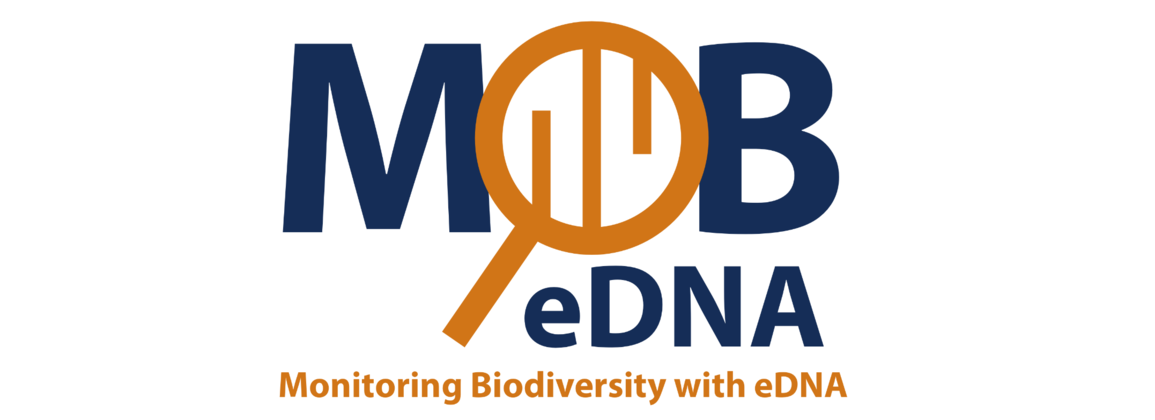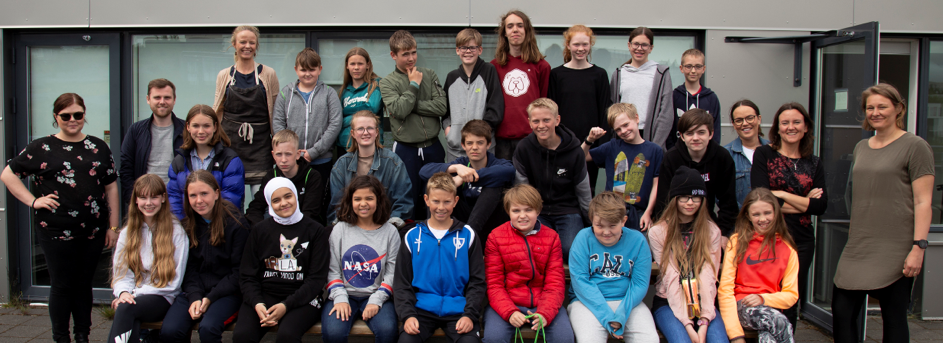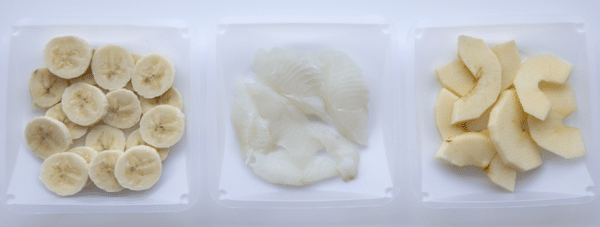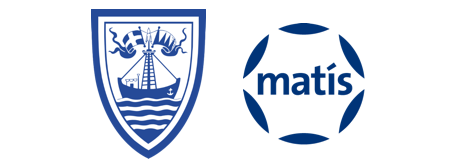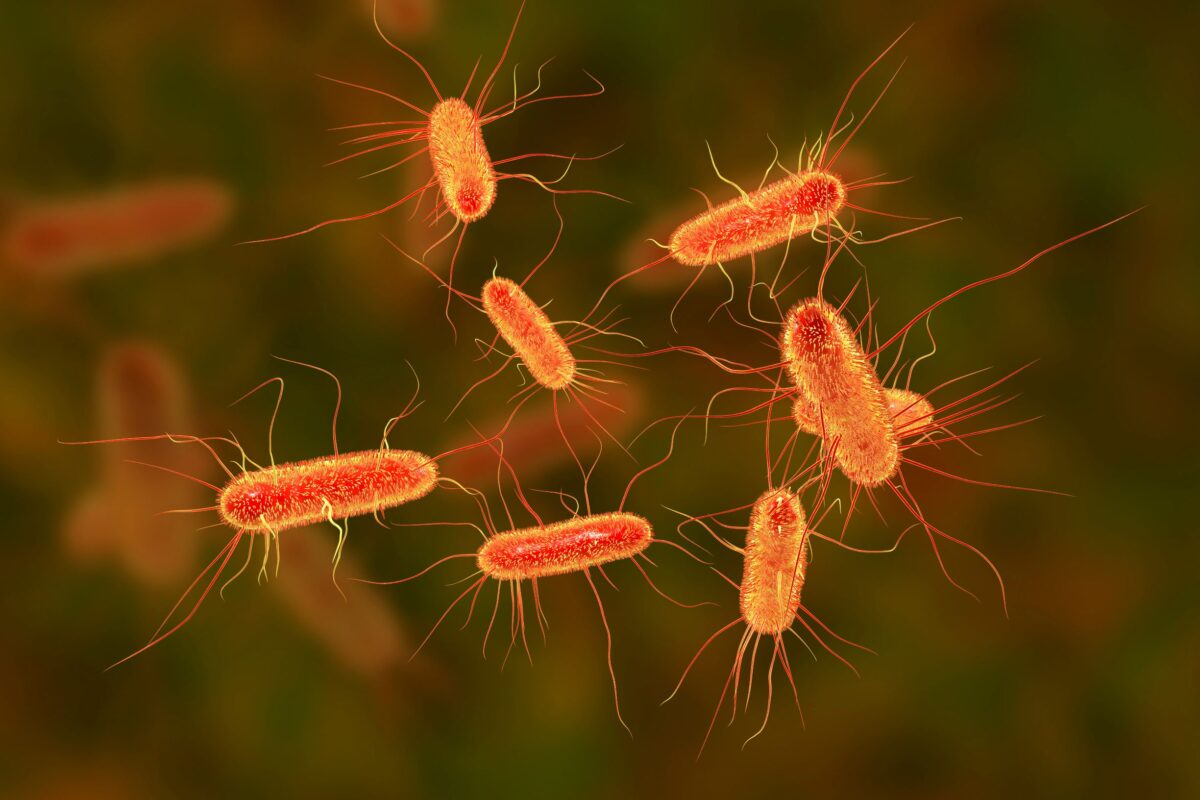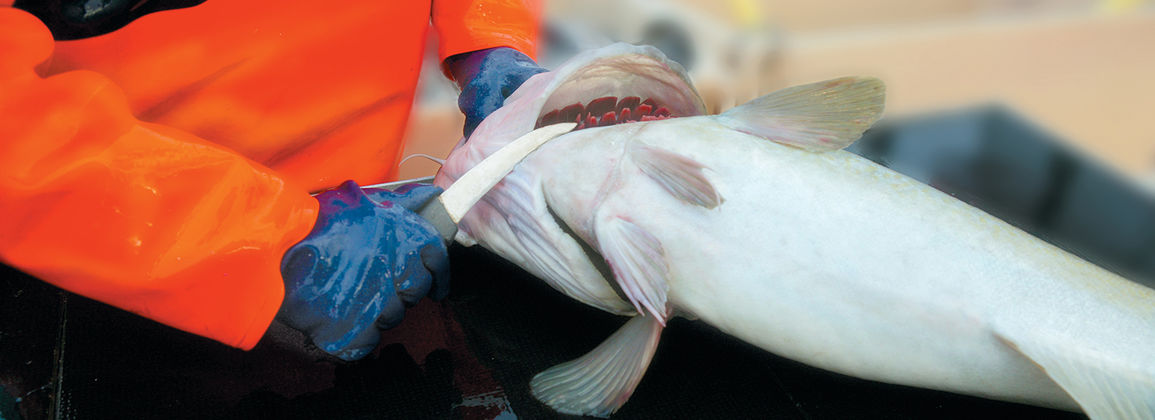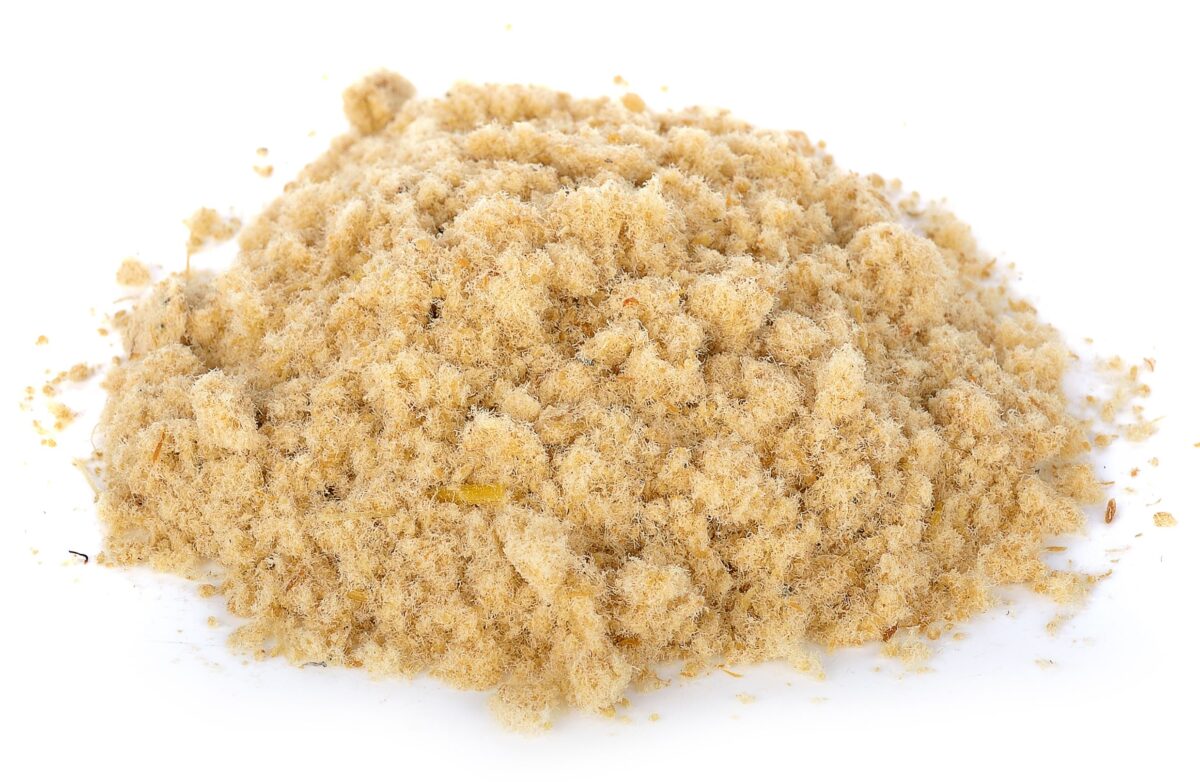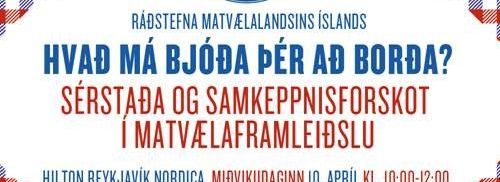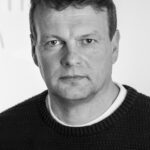Contact
Viggó Marteinsson
Research Group Leader
viggo@matis.is
On Monday 27 May 2019, a doctoral defense will take place at the Faculty of Life and Environmental Sciences at the University of Iceland. Stephen Knobloch is defending his doctoral dissertation "Symbiosis in the sea sponge Halichondria panicea (e. Host microbe symbiosis in the marine sponge Halichondria panicea).
Opponents will be Dr. Detmer Sipkema, Associate Professor of Marine Ecology at the University of Wageningen in the Netherlands and Dr. Ólafur Sigmar Andrésson, Professor of Genetics at the Faculty of Life and Environmental Sciences, University of Iceland. Eva Benediktsdóttir, Associate Professor of Microbiology at the Faculty of Life and Environmental Sciences, University of Iceland.
Supervisor and doctoral committee was Dr. Viggó Þór Marteinsson, professor at the Faculty of Food and Nutrition, University of Iceland and professional leader at Matís. The doctoral committee also included Dr. Ragnar Jóhannsson, director of aquaculture and fish farming at the Marine Research Institute.
Dr. Snæbjörn Pálsson, professor and vice-dean of the Faculty of Life and Environmental Sciences at the University of Iceland, will chair the ceremony, which will take place in room 132 in Askja at 13-15.
Abstract
Fungi (Phylum Porifera) are considered one of the oldest living species in the animal kingdom. Their close relationship with microorganisms makes them interesting and suitable for research into the first forms of symbiosis of animals and microorganisms and to increase our general understanding of this preserved interaction and its function. In addition, many sponges and their symbiotic microorganisms produce bioactive compounds that make them interesting for the biotechnology and pharmaceutical industries.
In this study, the diversity of the symbiotic microorganisms of H. panicea fungi, which was taken from the Icelandic marine environment, was examined by marker gene differentiation, as well as the sequencing of metagenomes and genomes (genomes) of cultured bacteria. H. panicea, from the Icelandic environment, is shown to house one dominant bacterial species. The species, which was named "Candidatus Halicondribacter symbioticus", is also found in other H. panicea fungi that have been studied from different places and regardless of the seasons. However, other coexisting microorganisms are unconditional and more bound to place and time. Analysis of the genome of the dominant condition of the bacterium shows that a common control gene is missing in its genome. It is consistent with the conditioned form of coexistence, but a lack of control genes is common in certain gene families associated with the coexistence form and its defenses. Even though a gene cluster for the synthesis of the bioactive substance bacteriocin is present in "Candidatus Halichondribacter symbioticus", it does not appear to be involved in the production of bioactive substances or secondary metabolites.
The symbiotic microorganism “Ca. H. symbioticus” in the marine sponge H. panicea is a suitable model for research on the interaction between symbiotic microorganisms and animals. The results from this study therefore lay the foundation for future research on such an interaction.
About the doctoral dissertation
Stephen Knobloch was born in 1987 in Toronto, Canada. He graduated in Applied Sciences from the University of Bremerhaven in Germany and received a BSc degree in Maritime Technologies, with an emphasis in marine biotechnology. He completed his postgraduate studies at the University of Rostock in Germany, where he graduated with a Master's degree (MSc) in Aquaculture in 2013.
In 2014, he began his doctoral studies at the University of Iceland as a grant recipient in the European project "BluePharmTrain" under the auspices of Marie Curie ITN (Innovative Training Networks). Stephen has taught autumn courses in master's studies at the Faculty of Food and Nutrition at the University of Iceland from 2016 to 2018 and is the project manager of the AVS project "FishGutHealth" from 2017.
Stephen lives in Reykjavík with his wife Rebecca and two children, Sascha born in 2014 and Nora born in 2017, both in Iceland.
See also website University of Iceland.

